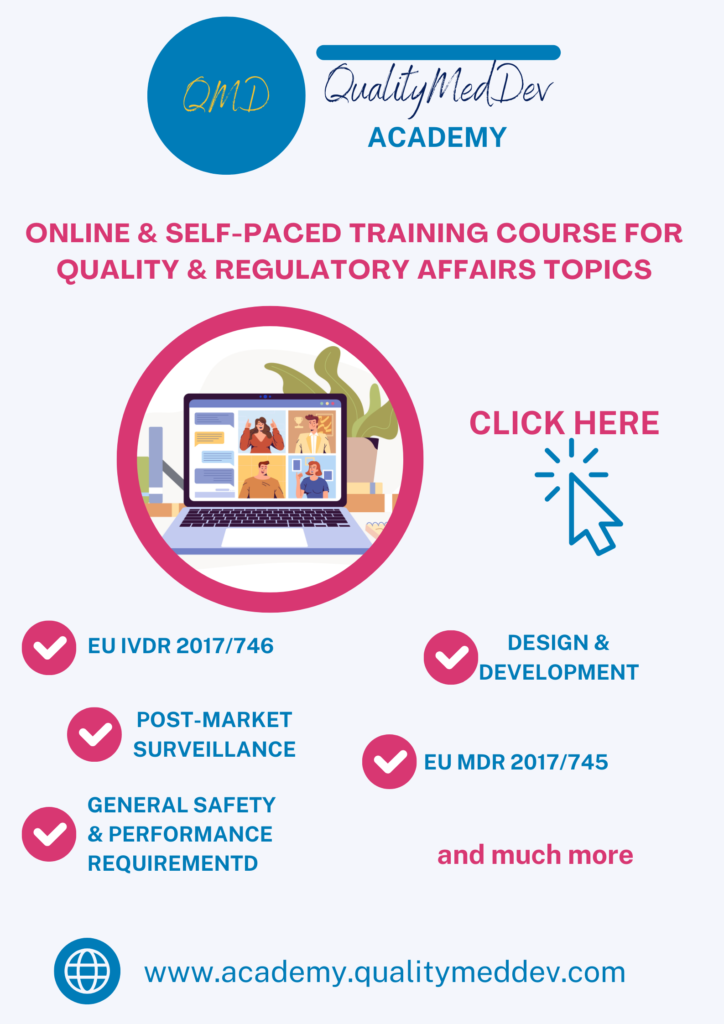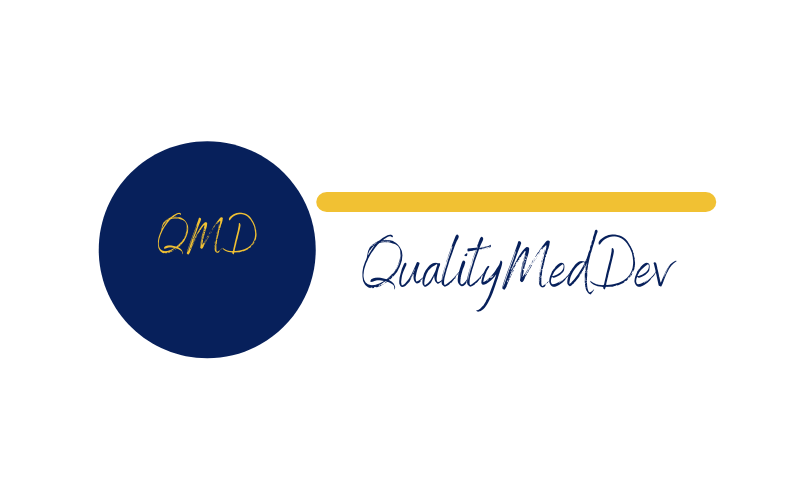In recent years, the number of medical devices designed to be used within a home environment has increased substantially; this is why it has been necessary the introduction of a specific standards, IEC 60601-1-11, that regulates the safety of healthcare products used at home. These types of devices are normally used in a uncontrolled environment by a lay user, often without the help of any healthcare professional and without prior specific training to the end users.
We have already been talkingabout design validation and the general standard IEC 60601-1, the defines safety and general performance for the electro medical devices.
Obviously the home environment is really different from the clinical environment and devices intended to be used at home have to overcome a series of challenges related to the safety of the device. The presence of children and pets may have an impact on device operations; moreover the presence of dust and possibility that the devices come in contact with water or other liquid need as well to be considered as at home we do not have all the controls that a healthcare setting may have in place.
In this article we will go through the main requirements associated to IEC 60601-1-11, discussing some of the specific requested from the standard and the tests that need to be performed to demonstrate compliance.
Environmental conditions for home devices according to IEC 60601-1-11
In the IEC 60601-1-11, particular attention is given to transport and storage conditions of the device. The standard specifies that, unless the device can be considered stationary, the transport and storage conditions have to be aligned to the following requirements:
- – 25°C to +5°C, and
- – + 5 °C to + 35 °C at a relative humidity up to 90 %, non-condensing;
- – >35°C to 70°C at a water vapour pressure up to 50 hPa
These conditions applies after having removed the device from its initial packaging.
The standard accepts the use of a more restricted range, that however needs to be justified in the risk management file and properly included in the labelling material of the device.
Similar requirements are present in the standard in relation to environmental operating conditions.
Requirements for Supply Mains for Medical equipments used in home environments are also specified in the IEC 60601-1-11 standard, specifically in the section 4.1. The 60601-1 general standard requires, for any general active medical devices, supply mains to have a 10 percent tolerance from nominal. However, mains voltages in the home may be less predictable. For this reason, the 60601-1-11 collateral standard assumes nominal mains voltages may exhibit a tolerance of +10 percent/-15 percent, corresponding to an operational input voltage range of 85 to 264 VAC for universal line input devices.
Classification of Medical Equipment according to IEC 60601-1-11
In the chapter 6 of the standard, the requirements associated to the classification of devices to be used within a home environments are reported.
Specifically power supplies for medical device equipments can be Class I or Class II. Class I power supplies protect users via a single layer of basic insulation and a protective Earth ground connection, which keeps users safe by providing a low impedance path to zero potential for fault currents to follow. At the same time, class II power supplies utilize additional basic insulation or reinforced insulation to ensure that with or without a reliable Earth ground connection, users are properly protected from hazardous voltages.
The standard requires home devices to be Class II or internally powered; this basically means that the standard does not allow OEMs to rely on in-home earth group connection, that are often unreliable expecially in older homes.
Requirements related to Ingress Protection (IP)
The IEC 60601-1-11 defines as well the level of ingress protection related to home medical devices, specifically in the section 8.3 of the standard with the chapter entitled Additional requirements for ingress of water or particulate matter into ME EQUIPMENT and ME SYSTEMS. Specifically, the requirement is to have at least a level of ingress protection equal to 22.
In general, medical device enclosures need to be classified according to their requirements with the classification per IEC 60529, or IP rating (ingress protection rating). The IP ratings consist of two numbers: the first, from 0 to 6, deals with the degree of particulate ingress, the second, from 0 to 8, deals with liquid ingress. Both start at a rating of 0, which is unprotected, and go up from there.
Subscribe to QualityMedDev Newsletter
QualityMedDev is an online platform focused on Quality & Regulatory topics for medical device business; Follow us on LinkedIn and Twitter to stay up to date with most important news on the Regulatory field.
QualityMedDev is one of the largest online platform supporting medical device business for regulatory compliance topics. We provide regulatory consulting services over a broad range of topics, from EU MDR & IVDR to ISO 13485, including risk management, biocompatibility, usability and software verification and validation and, in general, support in preparation of technical documentation for MDR.
Our sister platform QualityMedDev Academy provides the possibility to follow online and self-paced training courses focused on regulatory compliance topics for medical device. These training courses, developed in collaboration with highly skilled professionals in the medical device sector, allows you to exponentially increase your competencies over a broad range of quality and regulatory topics for medical device business operations.
Do not hesitate to subscribe to our Newsletter!

